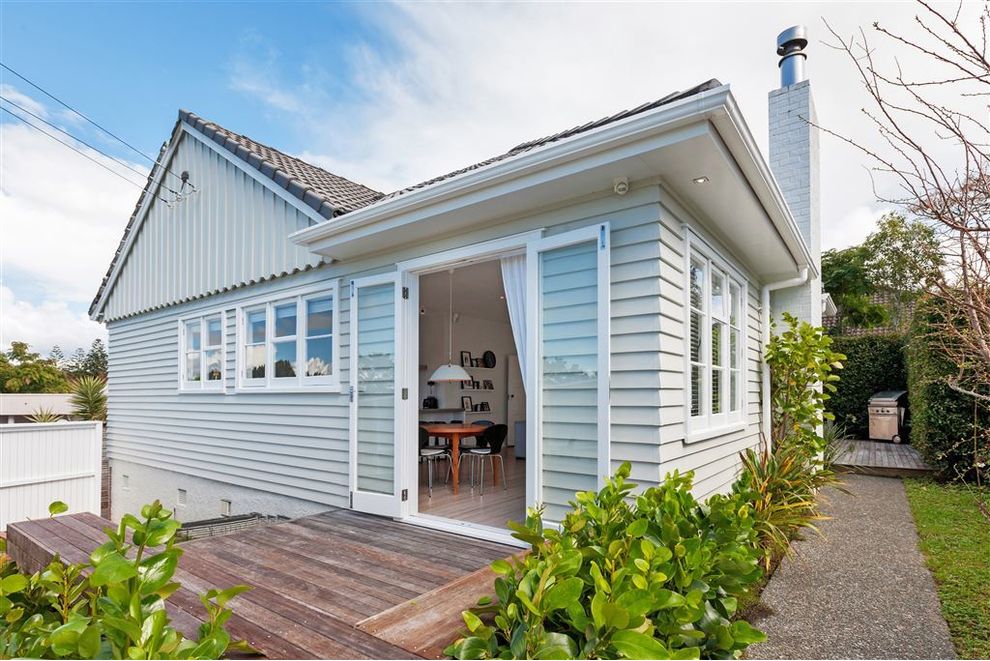

Smaller rooms meant for specific activities, such as sleeping and bathing, were connected by hallways that allowed privacy. In a major architectural change, the upper-class home turned from the display of status and the past’s Classical splendor to an emphasis on the functions of daily life and the pleasures of the present. By the turn of the 18th century, the new “interior decorators”-often upholsterers whose shops were the first furniture stores-were advising clients on cutting-edge “French taste,” which featured innovations such as large windows, white ceilings, and hardwood floors. Nouveau riche financiers and real estate moguls followed the breezy young royals’ lead, and soon tourists flocked to Paris to ogle the chic goût moderne. Ladies shed the rigid, boned grand habit in favor of loose, kimono-inspired clothes made from the new lightweight, washable Indian cotton, so that they looked to one older noblewoman “as if they were dressed for bed.”

They ordered the first padded armchairs and sofas with slanted backs that encouraged lounging, to say nothing of seduction, as well as the early armoires and chests of drawers that conveniently stored their many new possessions. The young aristocrats riddled their stately palaces with secret passages that led them to private lives in newly cozy, intimate rooms. Perhaps in gratitude for the new flushing toilets and bathtubs with hot and cold running water at Versailles, Madame de Pompadour, Louis XV’s mistress, gave him a bidet. Regarding hygiene, ooh la la! The malodorous hallways of Versailles were pocked with piles of human excrement.įed up, the Sun King’s descendants set about changing things. Rooms-including those used for sleeping-were large, more-or-less public spaces that opened directly onto each other and were sparsely furnished with hard chairs that enforced bolt-upright perching. Both sexes were uncomfortably dressed to the nines at all times. At court, everything was engineered for the public display of royal power and grandeur. To appreciate France’s transition from la gloire to le commodité (cleanliness and convenience), one might revisit the splendid misery of aristocratic life as wonderfully depicted in Roberto Rossellini’s film The Rise of Louis XIV (1970). In The Age of Comfort, she traces this outpouring of creativity to a shift in cultural ideals from magnificence and public display to ease and private delight. But DeJean, a professor of Romance languages at the University of Pennsylvania and a historian of French culture, makes a strong case that between 16 Paris was the world’s capital for designing the stuff of life, from furniture to clothing. Joan DeJean’s claim that the French rather than the Dutch invented the modern home may tweak history.

The clean, comfortable private residence, which first proliferated in 17th-century republican Holland, was a tangible sign of the dawning Age of Reason and its educated middle class, embrace of progress, and recognition of human rights. The home as we understand it-not just a place to eat and sleep but also one that supports and enhances personal life and well-being-is a remarkably recent invention.


 0 kommentar(er)
0 kommentar(er)
